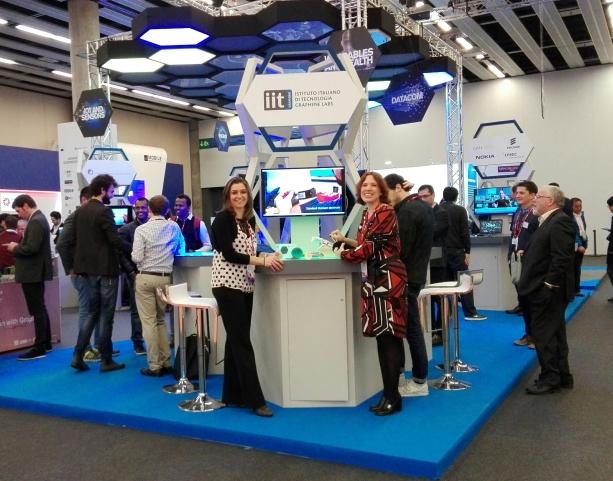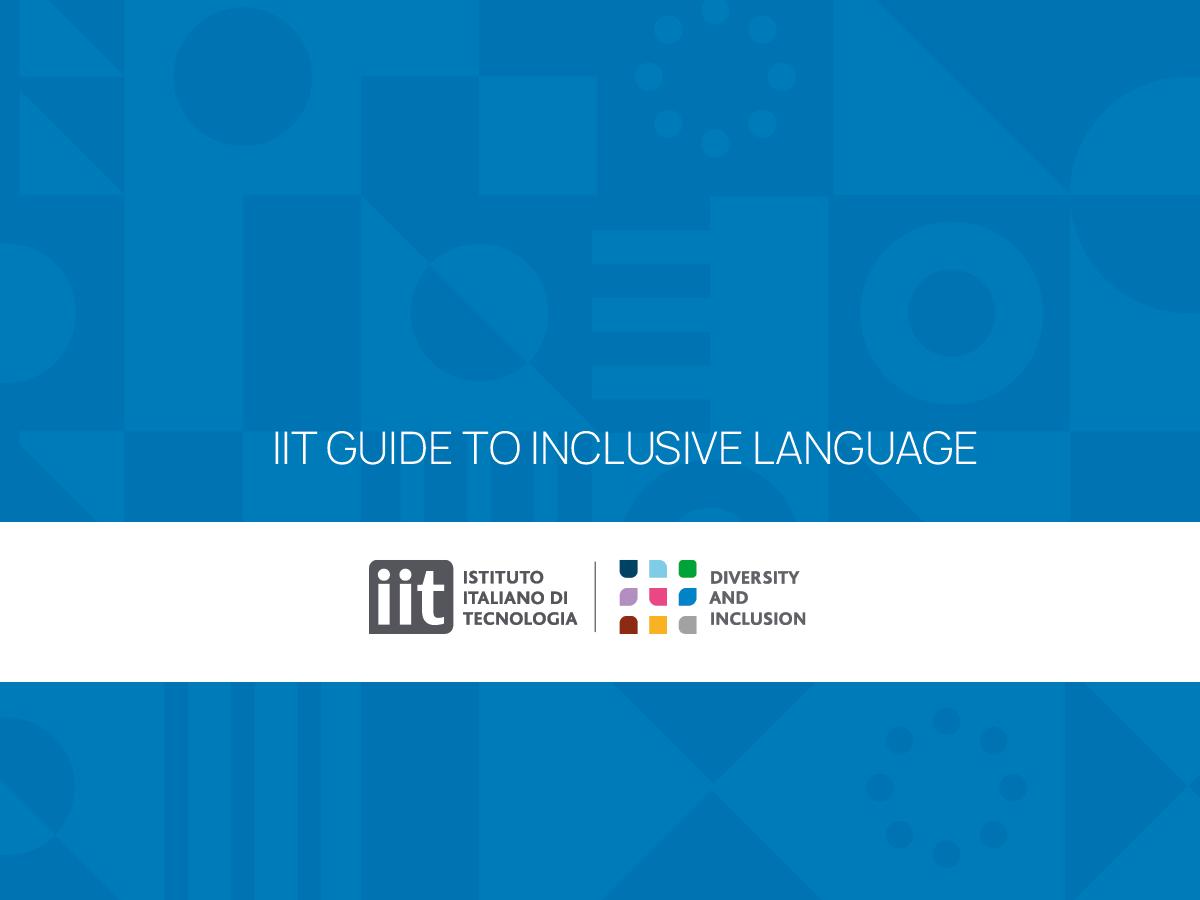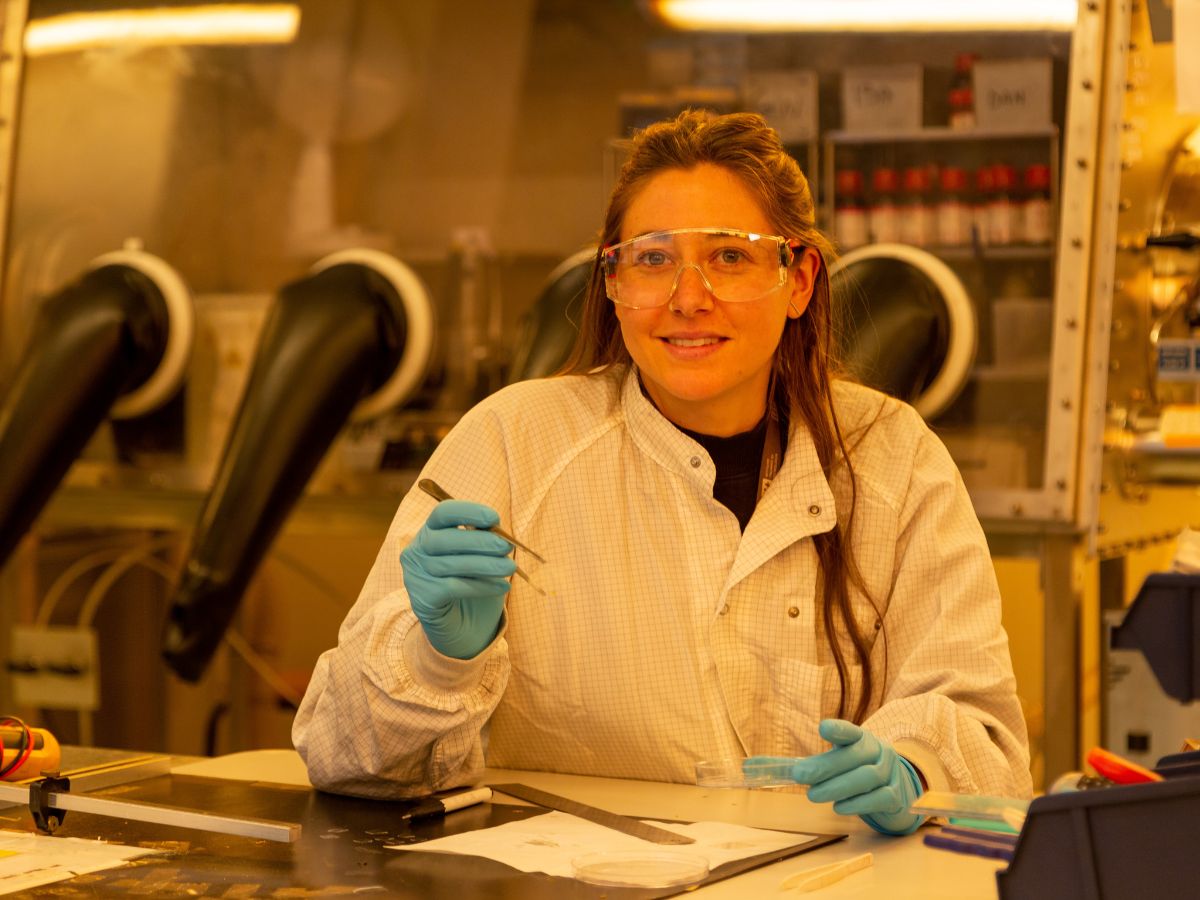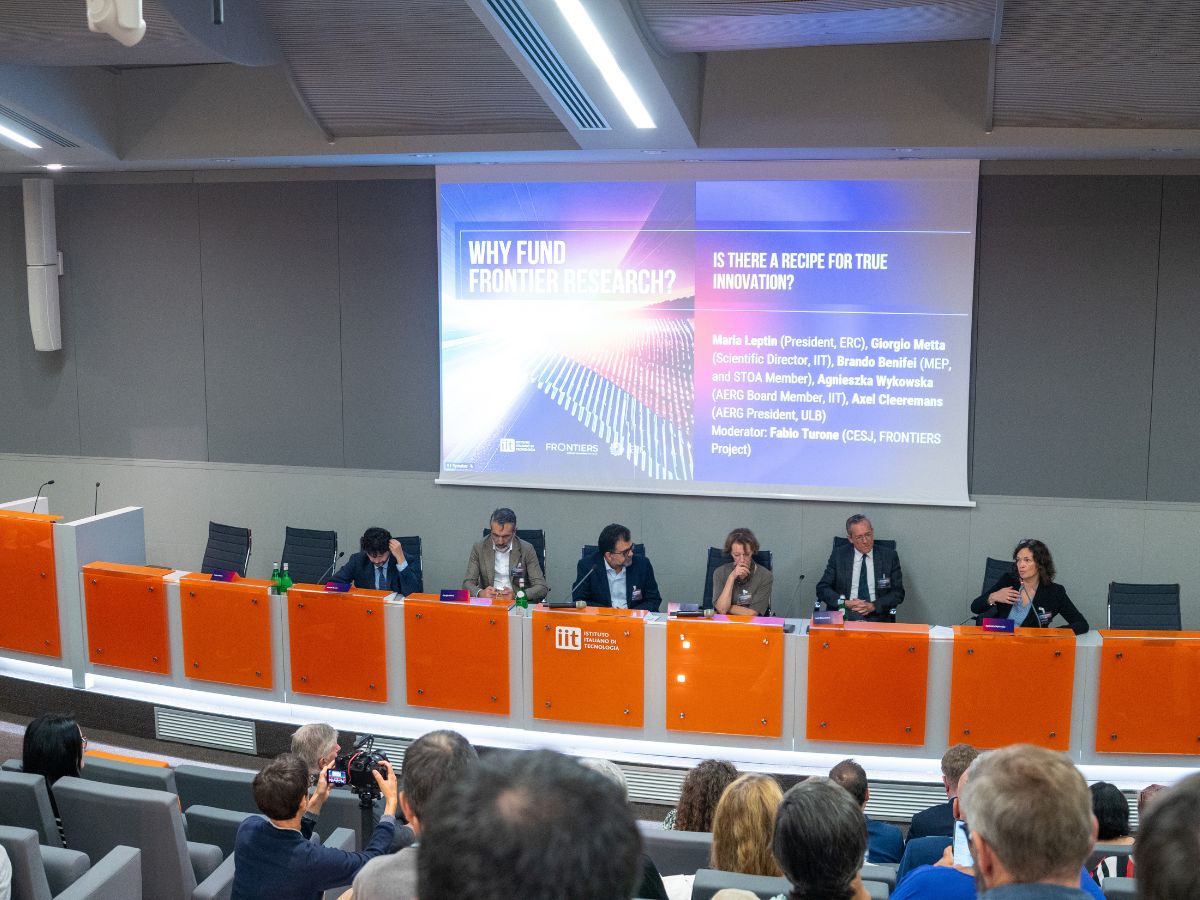Graphene, the thinnest material in the world, will be protagonist at Mobile World Congress (MWC) 2017 (27 February 27 – March 2), with 20 new prototypes for the future technological innovation in electronics and communications, leisure time and health.

Graphene-based prototypes will be displayed inside the Graphene Experience Zone, created by the FET Flagship project Graphene and curated by ICFO-Institute of Photonic Sciences in Barcelona. Among the products, some are of IIT: the graphene motorcycle helmet made in collaboration with MomoDesign, the supercapacitor designed with Thales, and the electrodes of prosthetic robotic hand created by joint research with the Italian governmental workers’ compensation agency (INAIL). In addition, graphene will be the theme of workshop “Graphopolis” which IIT and ICFO organized for the satellite event YoMo – The Youth Mobile Festival in order to telling the science of two-dimensional materials to the young people (aged 10-16 years).
The graphene helmet is the first helmet in graphene ever made, and it is the result of the collaboration between the Graphene Labs of IIT and the Italian luxury design company MomoDesign, after a 18-month work which involved researchers and industrial designers. Graphene coating allows better distribution of impact force makes the helmet less susceptible to damage compared to helmets without graphene, even in high temperature conditions. The result is a helmet that improves thermal comfort and safety.
The characteristics of graphene have also been exploited for the sensors that allow the operation of the IIT-INAIL robotic prosthetic hand when it is worn by the patient. The graphene, in fact, is used as material for the electrodes that read the surface muscle activity of the arm. It permits signal recording and it is less aggressive to the skin contact. For the next few years the researchers are planning to turn the electrodes in a conductive wearable fabric to be fully integrated into the prosthetic structure, so as to make the prosthetic hand a high biocompatible product.
The battery is an example of how the graphene can change the way of dealing with energy storage especially in terms of power and capacity. IIT, together with Thales, M-SOLV and University of Cambridge, are developing a new technique to make graphene-based electrodes that improve super-capacitors and batteries performances: devices charge very quickly and deliver energy for a long time.
The characteristics of graphene will also be shown in the workshops for teenagers (aged 10 to 16 years), Graphopolis, organized by IIT in collaboration with IFCO, within the event satellite YoMo- The Mobile Youth Festival, which aims to encourage new generations to the disciplines of science and technology, design and art. Young people will draw noise maps using conductive inks and realizing a custom graphene-based device.





